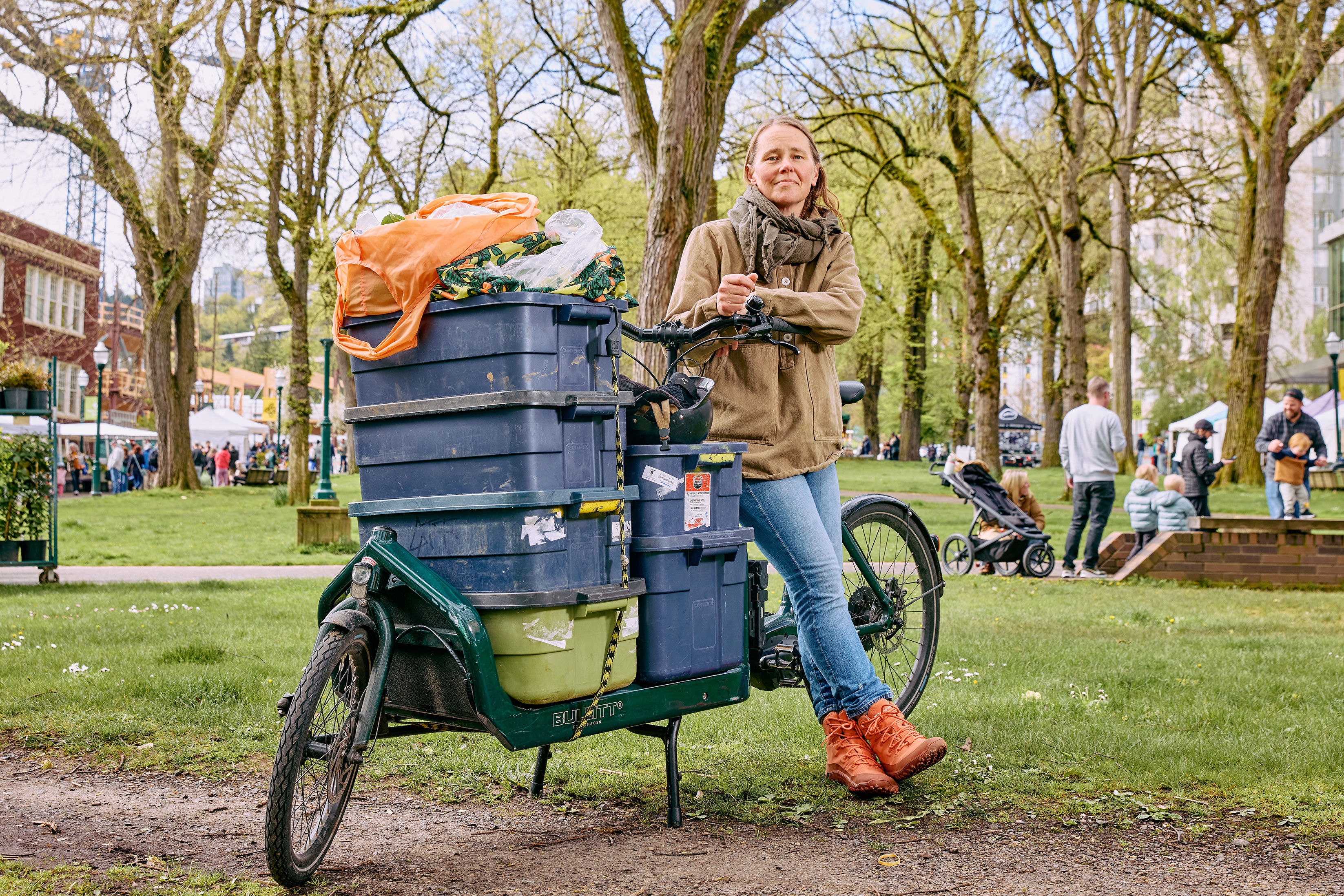Here’s What You Need to Know about the Portland Farmers Market
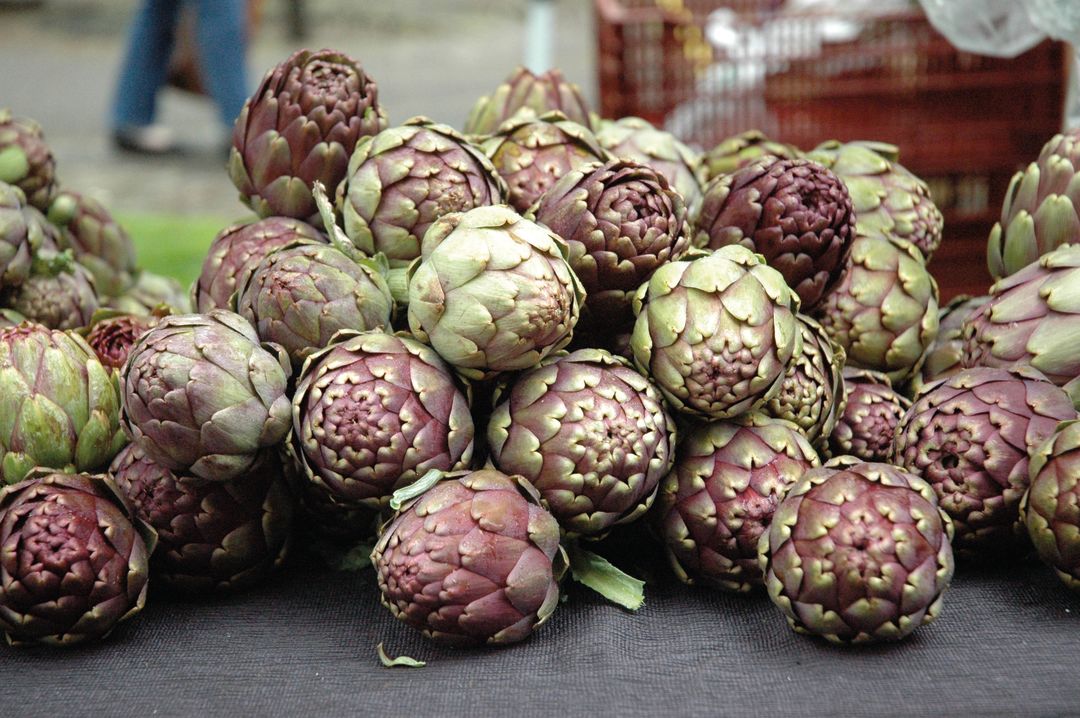
1. By the Numbers
1 WEEK TO 1 YEAR: The average time produce spends between its farm and US grocery store shelves
1 DAY: The average time produce spends between its farm and PFM
7: Number of markets under the Portland Farmers Market umbrella
240+: Vendors who currently participate at PFM’s locations
$8M: The annual economic impact of the PFM through sales alone
25,000: The weekly attendance of the markets in the height of summer (i.e., now)
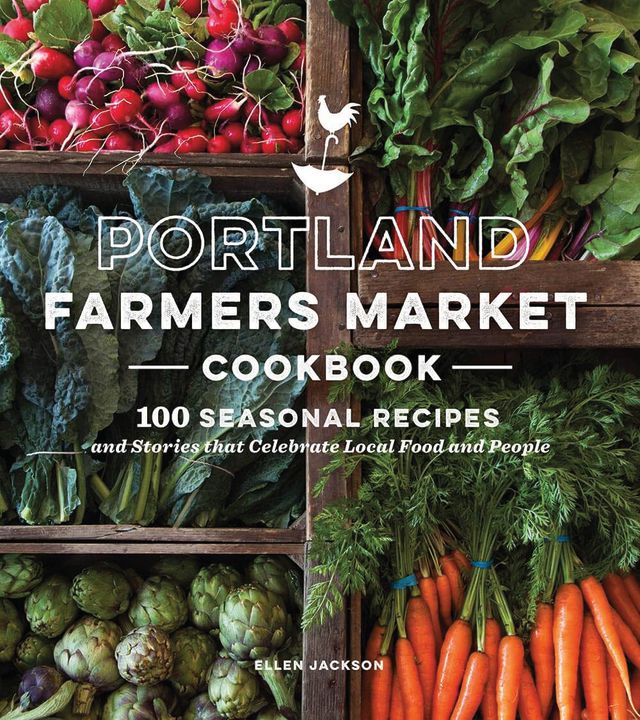
Image: Courtesy Craig Mosbaek
2. Cherry Hacking
In the brand-new Portland Farmers Market Cookbook, PFM board member Ellen Jackson offers a clever cherry-pitting hack: “Round up a large paperclip and the cork from last night’s wine. Bend the paperclip back and forth until it breaks into two open loops. Push the smaller loop in one end of the cork until it protrudes no more than half an inch. Plunge the loop into the stem end of the cherry, using the cork for leverage, hook the pit, and ease it out.”
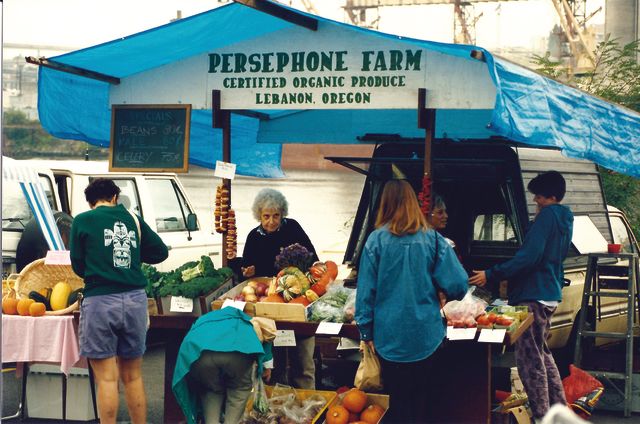
The Portland Farmers Market in the early 1990s
3. The Early Days
The seven markets began as a single, humble setup in the parking lot of the Albers Mill on NW Front Avenue, along the banks of the Willamette. (It’s now an empty lot, near the Broadway Bridge). The first day of the market, a sunny morning in June 1992, 13 vendors participated with an impressive show of flowers, walnuts, organically farmed produce, and baked goods. “We were pretty happy with that,” remembers cofounder Craig Mosbaek. The road to growth would not be easy. In March 1998, just before the opening of the sixth season, the Naito family prohibited use of their Albers Mill lot on the market’s normal Saturday mornings. Mosbaek and his coleaders established a new, permanent home at Portland State University, bringing life to the otherwise quiet Saturday morning downtown. Settled in the South Park Blocks, the flagship market experienced rapid growth, shooting from about 20 vendors to more than 120. By 2012, PFM had established an outpost in each Portland quadrant.
4. Q&A With Kathy Unger, Co-Owner of Unger Farms
How has the market changed your business? Customers liked to buy in half flats, which is six pints, so we had a box made that held exactly six pints. At the time we had those made, you couldn’t find them anywhere—vendors were cutting full flats in half. Now half flats are all we pick into. Customers were [also] looking for strawberries all summer long, so we started planting albions—they’re an everbearing strawberry, which means we have strawberries all the way to October. We’ve added blueberries, raspberries, and blackberries, because people were asking for them.
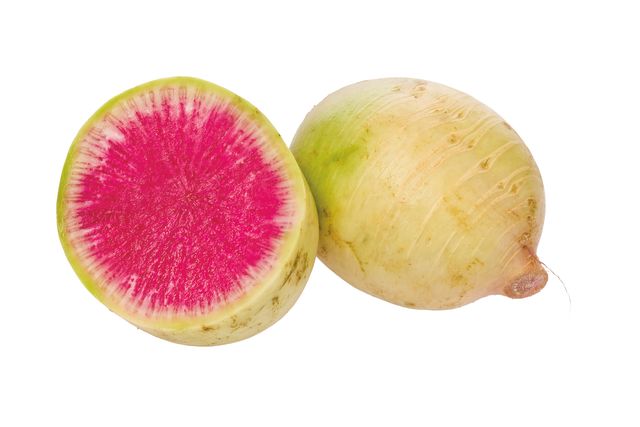
5. Produce Trendiness Power Ranking
- Romanesco
- Fiddleheads
- Sunchokes
- Watermelon radishes
- Chard



